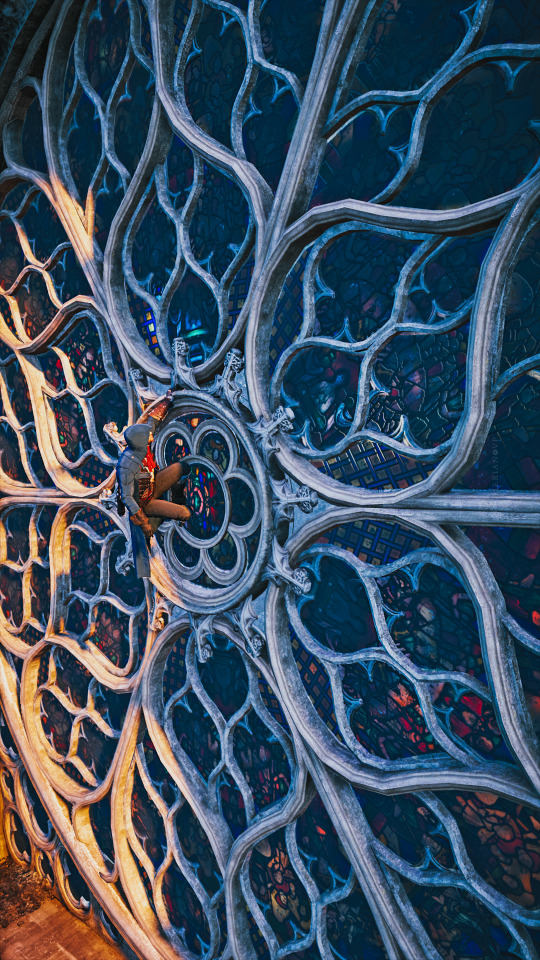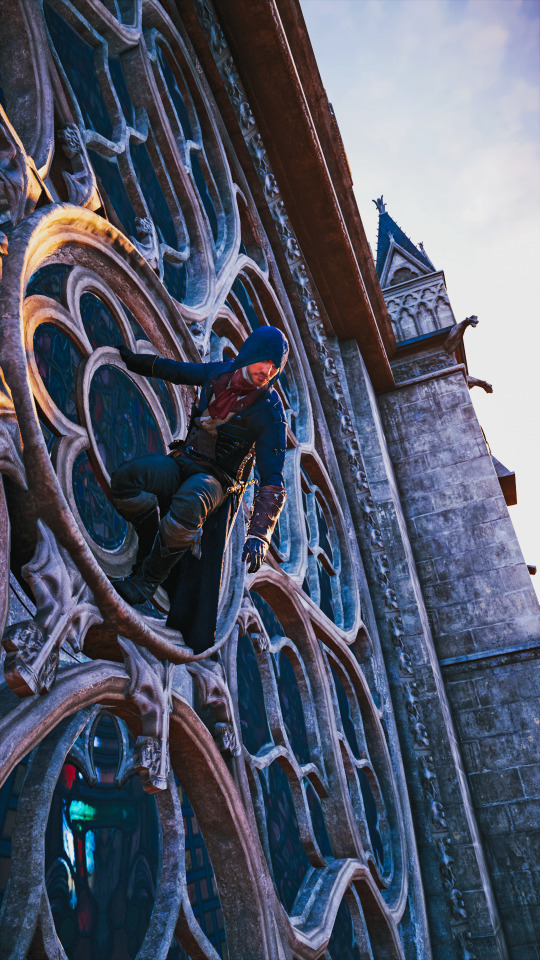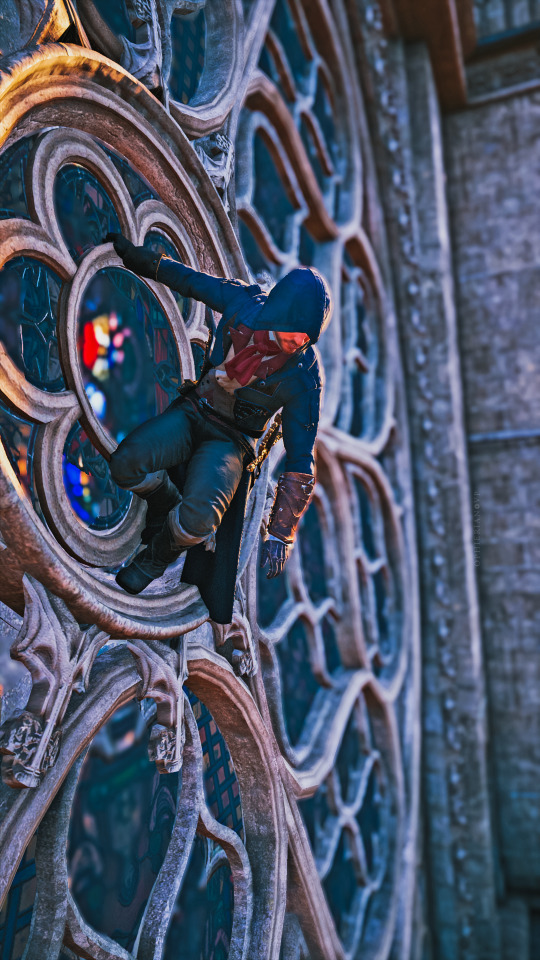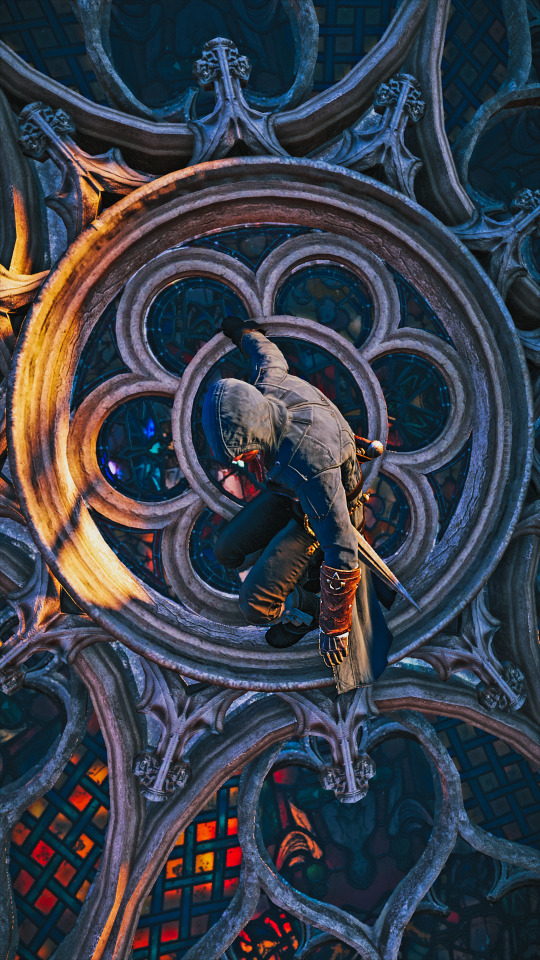#Île de la cité
Explore tagged Tumblr posts
Text

The Seine Islands, Paris, France: The Seine is dotted with two natural islands, île Saint-Louis and île de la Cité, and one artificial island, île aux Cygnes... The Île de la Cité, 22.5 hectares in size & Île Saint-Louis 27 acres in size. Île Saint-Louis is connected to the rest of Paris by four bridges to both banks of the river and to the Île de la Cité by the Pont Saint-Louis. In the 4th century, it was the site of the fortress of the area governor for the Roman Empire. In 508, Clovis I, the first King of the Franks, established his palace on the island (Île de la Cité). Wikipedia
#The Seine Islands#Île de la Cité#île saint-louis#1st arrondissement#4th arrondissement#Paris#France#ile de france#europe
337 notes
·
View notes
Text

Le Pont Neuf, Paris, France: The Pont Neuf is the oldest standing bridge across the river Seine in Paris, France. It stands by the western point of the Île de la Cité, the island in the middle of the river that was, between 250 and 225 BC, the birthplace of Paris, then known as Lutetia and, during the medieval period, the heart of the city. Wikipedia
#Le Pont Neuf#Pont Neuf#Paris#France#New Bridge#Arch bridge#Île de la Cité#River Seine#1st arrondissement#ile de france#europe
303 notes
·
View notes
Text




#acunity#assassin's creed#assassin's creed unity#arno dorian#sainte-chapelle#Île de la Cité#ubisoft#gamingedit#virtual photography#photomode#gaming photography#pc gaming#pc share#in game photography#camera tools
208 notes
·
View notes
Text

P a r i s
#paris#tour eiffel#gustave eiffel#torre eiffel#floral#flora#fleurs#flowers#flores#île de la cité#france#francia#europe#europa
51 notes
·
View notes
Text

Bonjour, bonne journée ☕️ 🐦
Marché aux oiseaux, Île de la Cité🗼Paris 1957
Photo de Peter Miller
#photooftheday#photographie#black and white#vintage#peter milller#paris#île de la cité#marché aux oiseaux#bonjour#bonnejournée#fidjie fidjie
48 notes
·
View notes
Text

Place dauphine. - source Eric Thomas via PARIS CITY OF LOVE.
11 notes
·
View notes
Text

Place Dauphine
Fotos de Paris, by Andrzej Foltyn
7 notes
·
View notes
Text





Sainte-Chappelle, Paris, France
Situated in the Ile-de-la-Cité, the Sainte-Chapelle is part of the Palais de la Cite, the residence of the royalty during the 10th to the 14th century.
It is one of the greatest examples of Gothic Architecture.
Built during 1242 and 1248, in accordance with the wishes of King Louis IX, it housed the collection of the relics of the Passion of Christ.
The 15 stained glass windows tell the story of mankind from Genesis to the Resurrection of Christ through 1.113 scenes.
The Rose Window above the entrance of the Upper Chapel depicts the Apocalypse of St. John.
Photo taken August 2024
984 notes
·
View notes
Text

Pont Neuf, Paris, France: The Pont Neuf is the oldest standing bridge across the river Seine in Paris, France. It stands by the western point of the Île de la Cité, the island in the middle of the river that was, between 250 and 225 BC, the birthplace of Paris, then known as Lutetia and, during the medieval period, the heart of the city. Wikipedia
#Pont Neuf#New Bridge#Arch bridge#Île de la Cité#River Seine#1st arrondissement#Paris#ile de france#France#europe
138 notes
·
View notes
Text



#acunity#assassin's creed#assassin's creed unity#arno dorian#adorian#ubisoft#Île de la cité#photomode#gamingedit#virtual photography#gaming photography#camera tools#nvidia ansel#in game photography
101 notes
·
View notes
Text
@mortange. / paris, 1790.
'chaos' was a paltry word for paris these days. the anniversary of the bastille's storming — now declared the fête de la fédération — loomed close on the horizon, but under the patriotic zeal and merriment, hunger still bit as fiercely as it had two years ago. even arno couldn't help but notice it in the patrons of the café. wine, compared to bread, was cheap, and it dulled the pangs of hunger — and so they came, and they drank, and they pretended life wasn't misery.
among them all, this stranger stood out. he'd come once or twice before, and never, at least within in arno's sight, had he touched a single drop of wine. it was enough to pique the assassin's interest. under the pretence of wiping the table down, he approached, and, with forced cheerfulness, he asked, "sure i can't fetch anything for you, citoyen?"
#mortange#( * v: canon. )#i dunno how familiar you are with ac unity but arno owns a café in the île de la cité so!#my thought is maybe armand skulks there for. reasons.#and arno is too curious for his own good
1 note
·
View note
Text
Notre-Dame de Paris, Paris, France: Notre-Dame is reborn from its ashes. After five years of work and joint effort, made possible by national and international solidarity, this icon of resilience, art and history will once again shine in the heart of Paris... Notre-Dame de Paris, often referred to simply as Notre-Dame, is a medieval Catholic cathedral on the Île de la Cité, in the 4th arrondissement of Paris, France. The cathedral, dedicated to the Virgin Mary, is considered one of the finest examples of French Gothic architecture. Wikipedia
#Notre-Dame de Paris#4th arrondissement#Parvis Notre-Dame – Place Jean-Paul-II#Paris#ile de france#europe#France
752 notes
·
View notes
Text

Île de la Cité, Paris
Henri Cartier-Bresson, 1951.
208 notes
·
View notes
Text

Un "fort à la farine" en livraison 2 rue d'Arcole
Île de la Cité, Paris IV, 1904
From an old postcard
40 notes
·
View notes
Text

Jeff Pott Place Dauphine, Île de la Cité, Paris Oct. 8, 2018
54 notes
·
View notes
